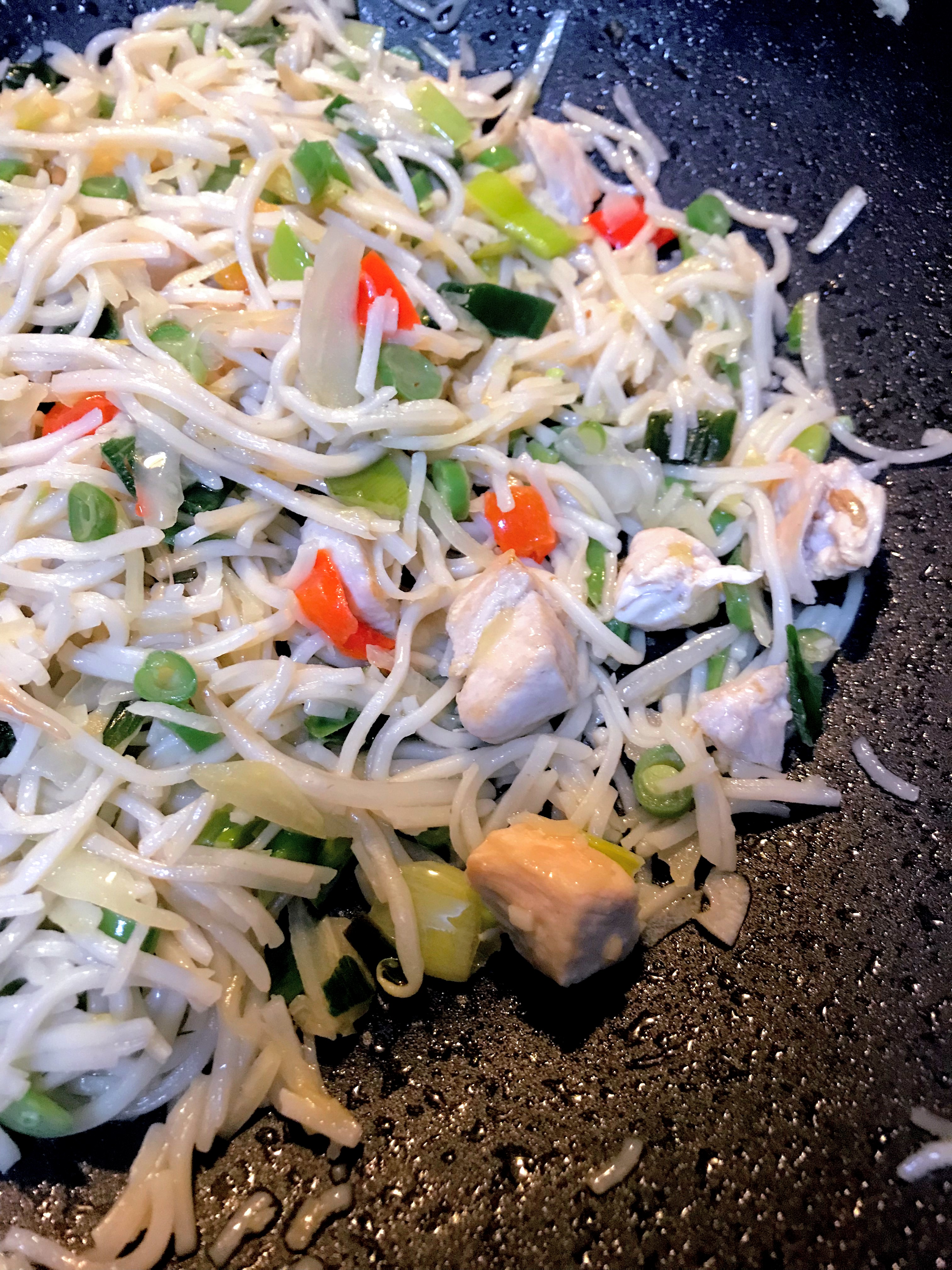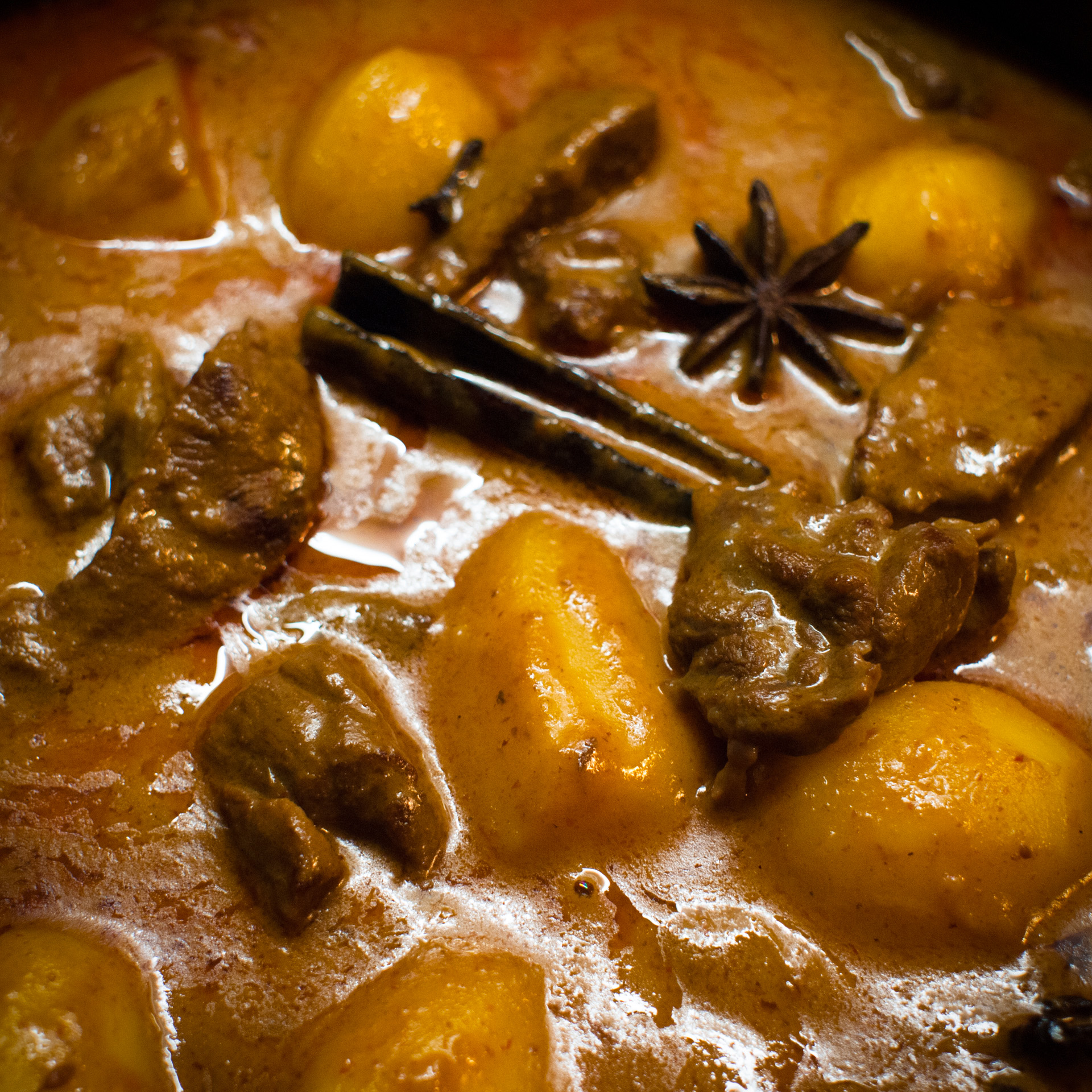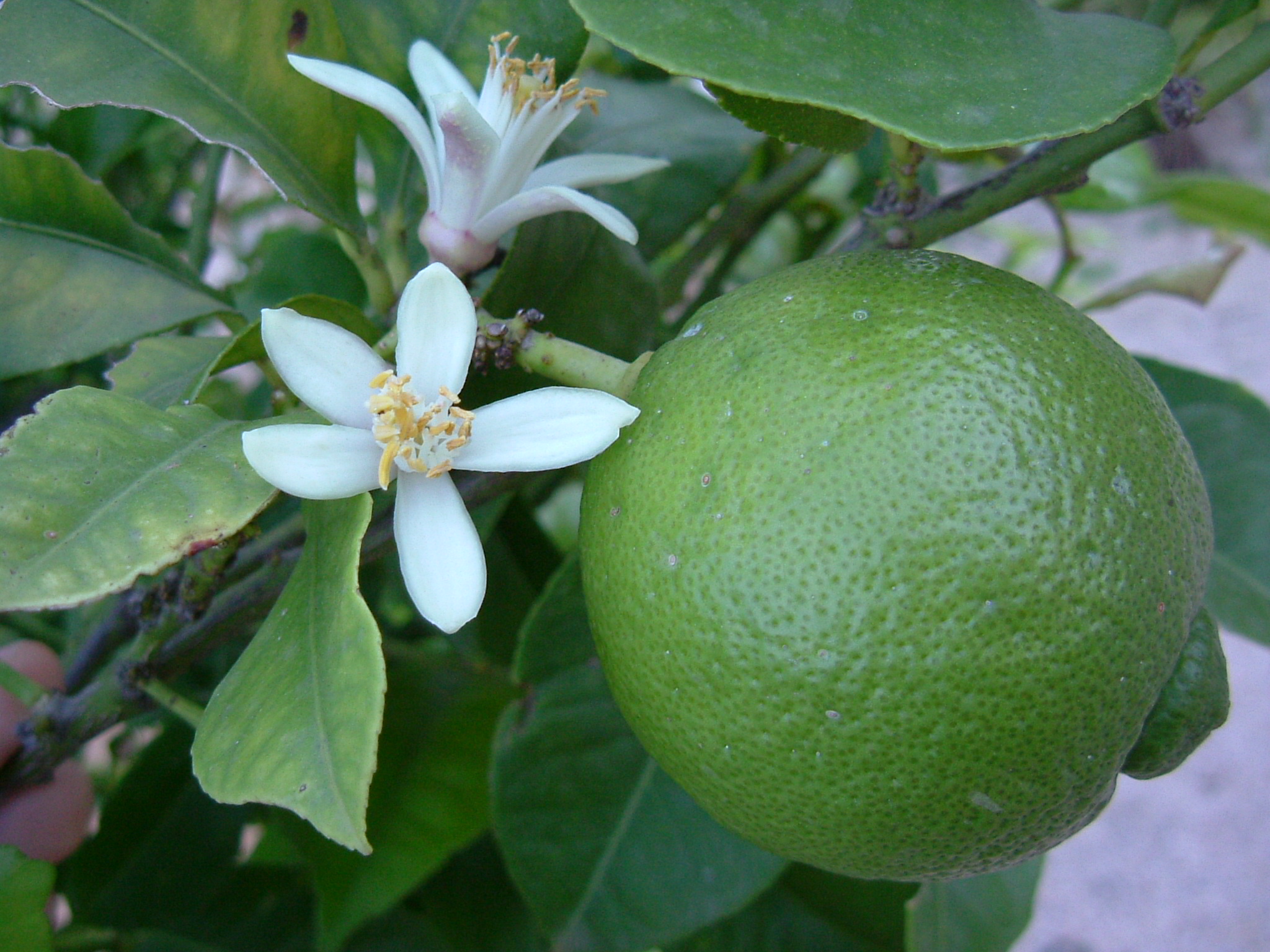|
Khao Soi
''Khao soi'' or ''khao soy'' ( th, аёӮа№үаёІаё§аёӢаёӯаёў, ; lo, а»ҖаәӮаә»а»үаәІаәҠаәӯаәҚ , my, бҖЎбҖҜбҖ”бҖәбҖёбҖ”бҖӯбҖҜбҖ·бҖҒбҖұбҖ«бҖҖбҖәбҖҶбҖҪбҖІ ,) is a Chin Haw dish served in Laos and northern Thailand. A comparable dish, ''ohn no khao swГЁ'', is widely served in Myanmar. The name means 'cut rice', although it is possible that it is simply a corruption of the Burmese word for noodles вҖ“ "khao swГЁ" вҖ“ which may account for the variations. Traditionally, the dough for the rice noodles is spread out on a cloth stretched over boiling water. After steaming the large sheet noodle is then rolled and cut with scissors. Lao khao soi is traditionally made with hand sliced rice noodles in clear soup broth and topped with minced pork. In some markets in Luang Namtha and Muang Sing vendors still hand cut the noodles. These traditionally cut noodles can also be found in several places in northern Thailand. Versions There are two common versions of khao soi: *''Lao ''khao soi ... [...More Info...] [...Related Items...] OR: [Wikipedia] [Google] [Baidu] |
Chiang Mai Province
Chiang Mai ( th, а№ҖаёҠаёөаёўаёҮа№ғаё«аёЎа№Ҳ, ; nod, , ) is the largest Province (''changwat'') of Thailand. It lies in upper northern Thailand and has a population of 1.78 million people. It is bordered by Chiang Rai to the northeast, Lampang and Lamphun to the south, Tak to the southwest, Mae Hong Son to the west, and Shan State of Burma to the north. The capital, Chiang Mai, is north of Bangkok. Geography Chiang Mai province is about from Bangkok in the Mae Ping River basin and is on average at elevation. Surrounded by the mountain ranges of the Thai highlands, it covers an area of approximately . The mountains of the Daen Lao Range () at the north end of the province, the Thanon Thong Chai Range () with the highest mountain in Thailand, Doi Inthanon at , stretching in a northвҖ“south direction, and the Khun Tan Range in the east of the province are covered by rain forest. The Mae Ping, one of the major tributaries of the Chao Phraya River, originates in the Daen ... [...More Info...] [...Related Items...] OR: [Wikipedia] [Google] [Baidu] |
Rice Noodles
Rice noodles, or simply rice noodle, are noodles made with rice flour and water as the principal ingredients. Sometimes ingredients such as tapioca or corn starch are added in order to improve the transparency or increase the gelatinous and chewy texture of the noodles. Rice noodles are most common in the cuisines of East and Southeast Asia. They are available fresh, frozen, or dried, in various shapes, thicknesses and textures. Fresh noodles are also highly perishable; their shelf life may be just several days. History The origin of rice noodles dates back to China during the Qin dynasty when people from northern China invaded the south. Due to climatic conditions, the northern Chinese have traditionally preferred wheat and millet which grew in cold weather while the southern Chinese preferred rice which grew in hot weather. Noodles are traditionally made out of wheat and eaten throughout northern China so to adapt, northern cooks tried to prepare "noodles" using rice, thus inv ... [...More Info...] [...Related Items...] OR: [Wikipedia] [Google] [Baidu] |
Blood As Food
Many cultures consume blood, often in combination with meat. The blood may be in the form of blood sausage, as a thickener for sauces, a cured salted form for times of food scarcity, or in a blood soup. This is a product from domesticated animals, obtained at a place and time where the blood can run into a container and be swiftly consumed or processed. In many cultures, the animal is slaughtered. In some cultures, blood is a taboo food. Blood is the most important byproduct of slaughtering. It consists predominantly of protein and water, and is sometimes called "liquid meat" because its composition is similar to that of lean meat. Blood collected hygienically can be used for human consumption, otherwise it is converted to blood meal. Special fractions of animal blood are used in human medicine. Methods of preparation Sausage Blood sausage is any sausage made by cooking animal blood with a filler until it is thick enough to congeal when cooled. Pig or cattle blood is mos ... [...More Info...] [...Related Items...] OR: [Wikipedia] [Google] [Baidu] |
Burma
Myanmar, ; UK pronunciations: US pronunciations incl. . Note: Wikipedia's IPA conventions require indicating /r/ even in British English although only some British English speakers pronounce r at the end of syllables. As John Wells explains, the English spellings of both Myanmar and Burma assume a non-rhotic variety of English, in which the letter r before a consonant or finally serves merely to indicate a long vowel: ҲmjГҰnmЙ‘Лҗ, ЛҲbЙңЛҗmЙҷ So the pronunciation of the last syllable of Myanmar as Й‘Лҗror of Burma as ЙңЛҗrmЙҷby some speakers in the UK and most speakers in North America is in fact a spelling pronunciation based on a misunderstanding of non-rhotic spelling conventions. The final ''r'' in ''Myanmar'' was not intended for pronunciation and is there to ensure that the final a is pronounced with the broad ''ah'' () in "father". If the Burmese name my, бҖҷбҖјбҖ”бҖәбҖҷбҖ¬, label=none were spelled "Myanma" in English, this would be pronounced at the end by all ... [...More Info...] [...Related Items...] OR: [Wikipedia] [Google] [Baidu] |
Shan People
The Shan people ( shn, бҖҗбӮҶбҖё; , my, бҖӣбҖҫбҖҷбҖәбҖёбҖңбҖ°бҖҷбҖ»бҖӯбҖҜбҖё; ), also known as the Tai Long, or Tai Yai are a Tai ethnic group of Southeast Asia. The Shan are the biggest minority of Burma (Myanmar) and primarily live in the Shan State of this country, but also inhabit parts of Mandalay Region, Kachin State, and Kayin State, and in adjacent regions of China ( Dai people), Laos, Assam (Ahom people) and Thailand. Though no reliable census has been taken in Burma since 1935, the Shan are estimated to number 4вҖ“6 million, with CIA Factbook giving an estimate of five million spread throughout Myanmar which is about 10% of the overall Burmese population. 'Shan' is a generic term for all Tai-speaking peoples within Myanmar (Burma). The capital of Shan State is Taunggyi, the fifth-largest city in Myanmar with about 390,000 people. Other major cities include Thibaw (Hsipaw), Lashio, Kengtung and Tachileik. Etymology The Shan use the endonym Tai (бҖҗбӮҶбҖё) in r ... [...More Info...] [...Related Items...] OR: [Wikipedia] [Google] [Baidu] |
Chinese Muslim
Islam has been practiced in China since the 7th century CE.. Muslims are a minority group in China, representing 1.6-2 percent of the total population (21,667,000- 28,210,795) according to various estimates. Though Hui Muslims are the most numerous group, the greatest concentration of Muslims are in Xinjiang, which contains a significant Uyghur population. Lesser yet significant populations reside in the regions of Ningxia, Gansu and Qinghai. Of China's 55 officially recognized minority peoples, ten of these groups are predominantly Sunni Muslim. History The Silk Road, which was a series of extensive inland trade routes that spread all over the Mediterranean to East Asia, was used since 1000 BCE and continued to be used for millennia. For more than half of this long period of time, most of the traders were Muslim and moved towards the East. Not only did these traders bring their goods, they also carried with them their culture and beliefs to East Asia. Islam was one of the man ... [...More Info...] [...Related Items...] OR: [Wikipedia] [Google] [Baidu] |
Thai People
Thai people ( th, аёҠาวไทย; ''endonym''), Central Thai people ( th, аё„аёҷаё аёІаё„аёҒаёҘаёІаёҮ, sou, аё„аёҷа№ғаё•а№ү, аё•аёІаёЎа№ӮаёһаёЈ; ''exonym and also domestically'') or Siamese ( th, аёҠаёІаё§аёӘаёўаёІаёЎ; ''historical exonym and sometimes domestically''), T(h)ai Noi people ( th, ไทยаёҷа№үаёӯаёў; ''historical endonym and sometimes domestically''), in a narrow sense, are a Tai ethnic group dominant in Central and Southern Thailand (Siam proper). Part of the larger Tai ethno-linguistic group native to Southeast Asia as well as Southern China and Northeast India, Thais speak the Sukhothai languages ( Central Thai and Southern Thai language), which is classified as part of the KraвҖ“Dai family of languages. The majority of Thais are followers of Theravada Buddhism. As a result of government policy during the 1930s and 1940s resulting in successful forced assimilation of many the various ethno-linguistic groups in the country into the dominant Thai language and ... [...More Info...] [...Related Items...] OR: [Wikipedia] [Google] [Baidu] |
Massaman Curry
Massaman curry ( th, а№ҒаёҒаёҮаёЎаёұаёӘаёЎаёұа№Ҳаёҷ, , ) is a rich, flavourful, and mildly spicy Thai curry. It is a fusion dish, combining ingredients from Persia, the Indian subcontinent, and the Malay Archipelago (e.g., cardamom, cinnamon, cloves, star anise, cumin, bay leaves, nutmeg, and mace) with ingredients more commonly used in native Thai cuisine (e.g., chili peppers, coriander, lemongrass, galangal, white pepper, shrimp paste, shallots, and garlic) to make massaman curry paste. The substance of the dish is usually based on chicken or other meat, potatoes, onions, and peanuts. The richness comes from the coconut milk and cream used as a base, as for many Thai curries. In 2011, CNNGo ranked massaman curry as the number one most delicious food in an article titled "World's 50 most delicious foods". However, by a reader's survey, it ranked number ten. It remained at number one in the official, updated 2018 version. Description Due to its Muslim roots and therefore Islamic ... [...More Info...] [...Related Items...] OR: [Wikipedia] [Google] [Baidu] |
Coconut Milk
Coconut milk is an opaque, milky-white liquid extracted from the grated pulp of mature coconuts. The opacity and rich taste of coconut milk are due to its high oil content, most of which is saturated fat. Coconut milk is a traditional food ingredient used in Southeast Asia, Oceania, South Asia, and East Africa. It is also used for cooking in the Caribbean, tropical Latin America, and West Africa, where coconuts were introduced during the colonial era. Coconut milk is differentiated into subtypes based on fat content. They can be generalized into coconut cream (or thick coconut milk) with the highest amount of fat; coconut milk (or thin coconut milk) with a maximum of around 20% fat; and coconut skim milk with negligible amounts of fat. This terminology is not always followed in commercial coconut milk sold in western countries. Coconut milk can also be used to produce milk substitutes (differentiated as "coconut milk beverages"). These products are not the same as regular ... [...More Info...] [...Related Items...] OR: [Wikipedia] [Google] [Baidu] |
Lime (fruit)
A lime (from French language, French ''lime'', from Arabic ''lД«ma'', from Persian language, Persian ''lД«mЕ«'', "lemon") is a citrus fruit, which is typically round, lime (color), green in color, in diameter, and contains acidic juice vesicles. There are several species of citrus trees whose fruits are called limes, including the Key lime (''Citrus aurantiifolia''), Persian lime, kaffir lime, Makrut lime, and Citrus glauca, desert lime. Limes are a rich source of vitamin C, are sour, and are often used to accent the flavours of foods and beverages. They are grown year-round. Plants with fruit called "limes" have diverse genetic origins; limes do not form a monophyletic group. Plants known as "lime" The difficulty in identifying exactly which species of fruit are called lime in different parts of the English-speaking world (and the same problem applies to synonyms in other European languages) is increased by the botanical complexity of the citrus genus itself, to which the m ... [...More Info...] [...Related Items...] OR: [Wikipedia] [Google] [Baidu] |
Shallots
The shallot is a botanical variety (a cultivar) of the onion. Until 2010, the (French red) shallot was classified as a separate species, ''Allium ascalonicum''. The taxon was synonymized with ''Allium cepa'' (the common onion) in 2010, as the difference was too small to justify a separate species. As part of the onion genus ''Allium'', its close relatives include garlic, scallions, leeks, chives, and the Chinese onion. Names The name "shallot" comes from Ashkelon, an ancient Canaanite city, where Classical-era Greeks believed shallots originated. The term ''shallot'' is usually applied to the French red shallot (''Allium cepa'' var. ''aggregatum'', or the ''A. cepa'' Aggregatum Group). It is also used for the Persian shallot or ''musir'' (''A. stipitatum'') from the Zagros Mountains in Iran and Iraq, and the French gray shallot ('' Allium oschaninii'') which is also known as ''griselle'' or "true shallot"; it grows wild from Central to Southwest Asia. The name ''shallot ... [...More Info...] [...Related Items...] OR: [Wikipedia] [Google] [Baidu] |







.jpg)
